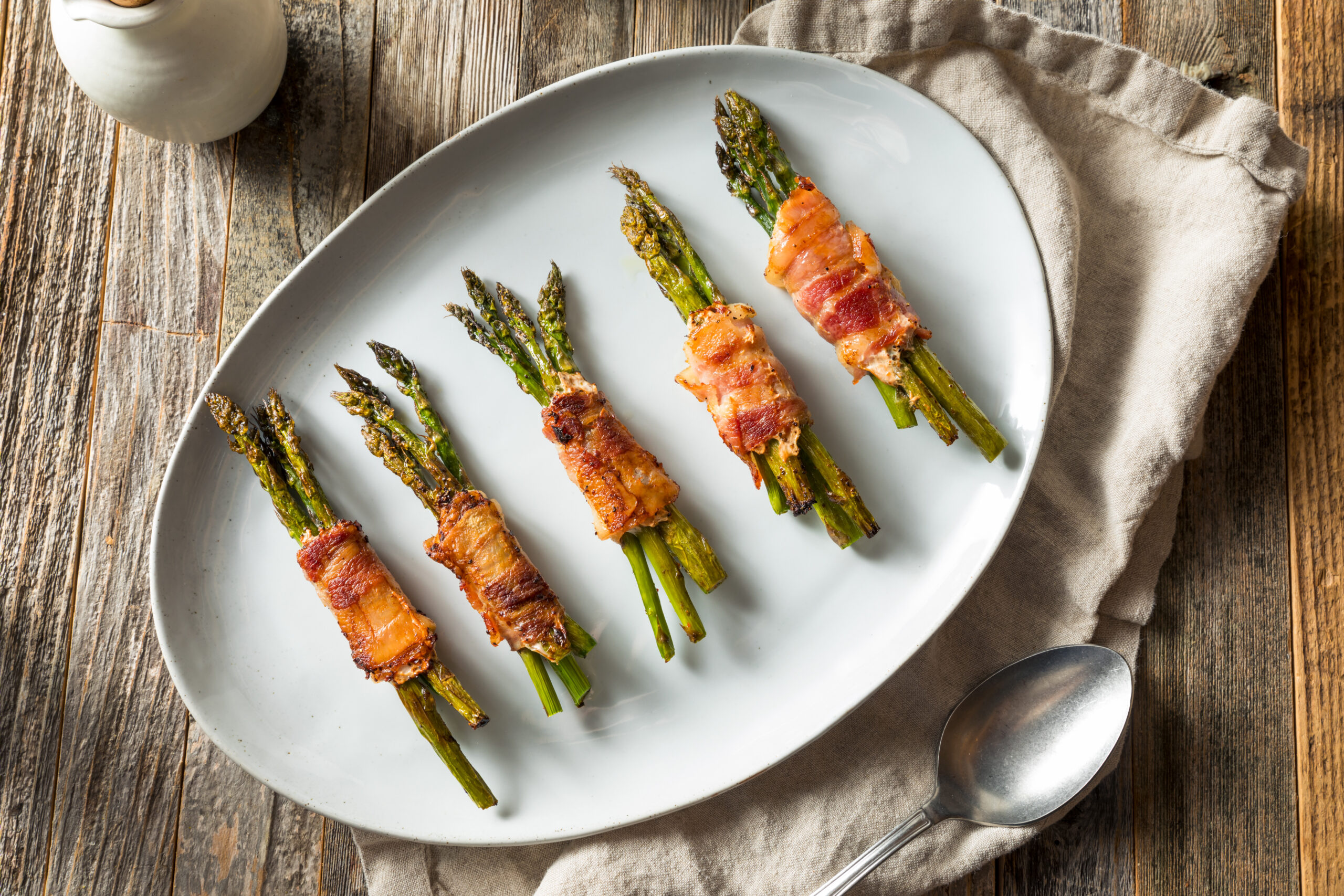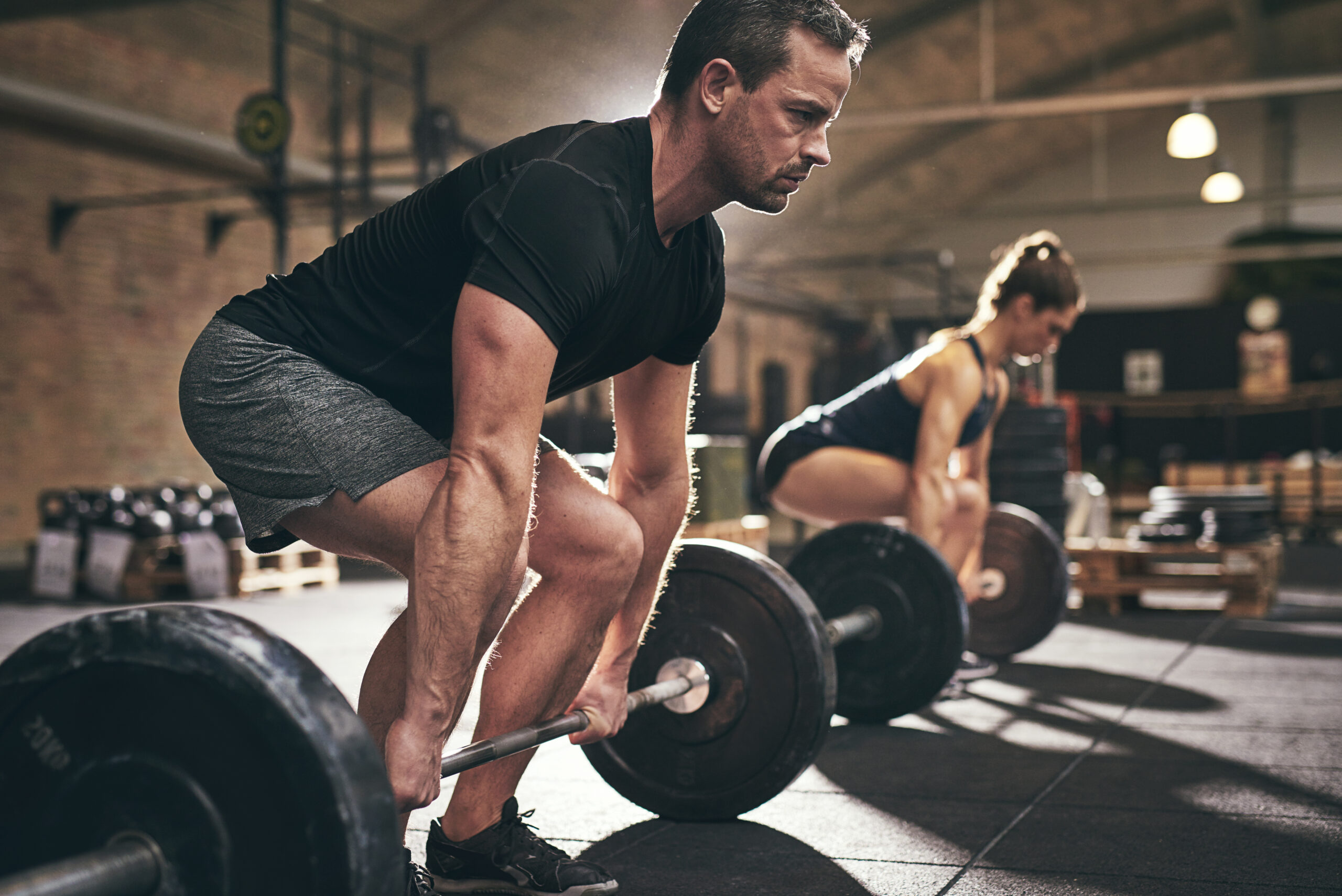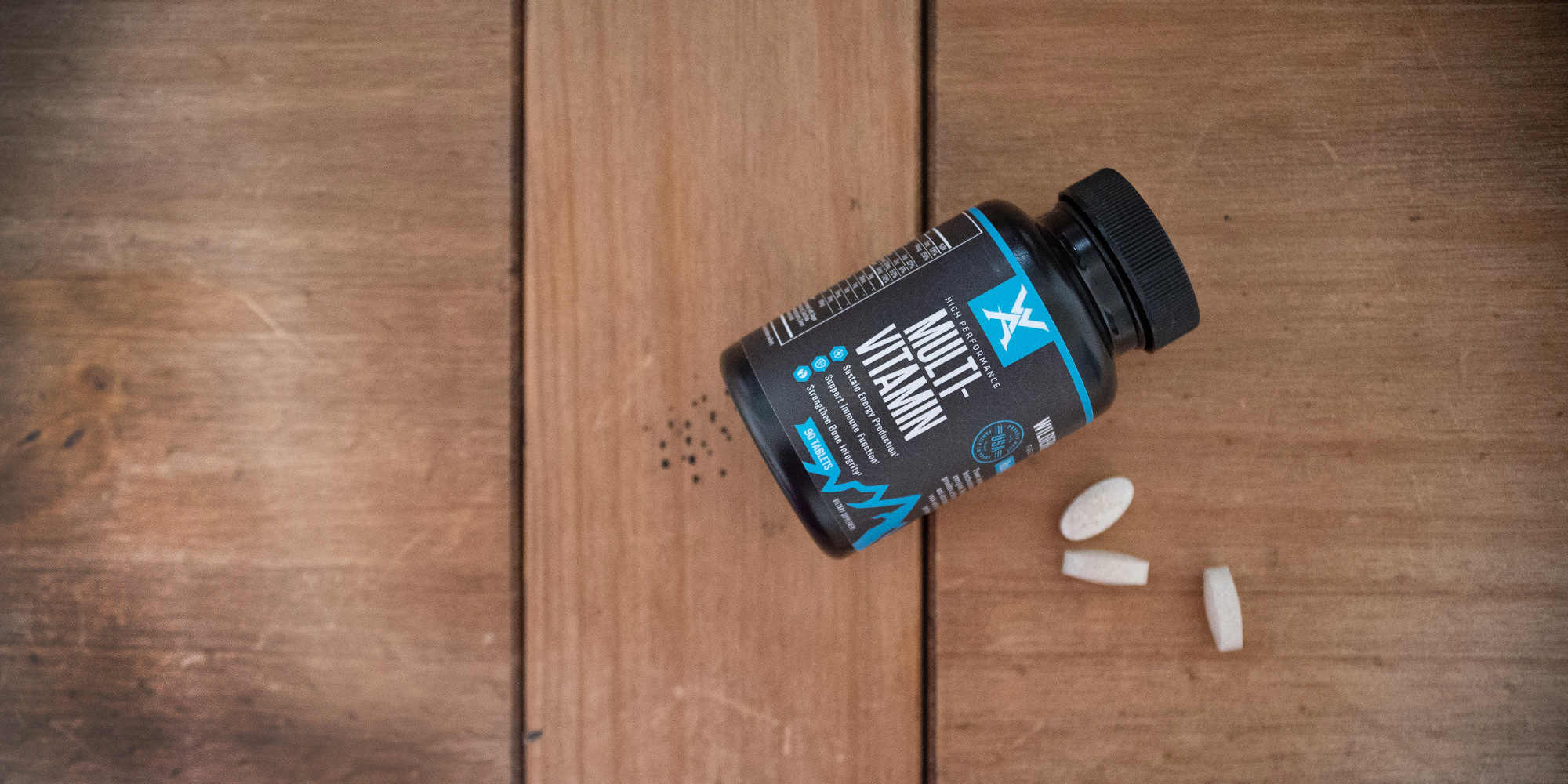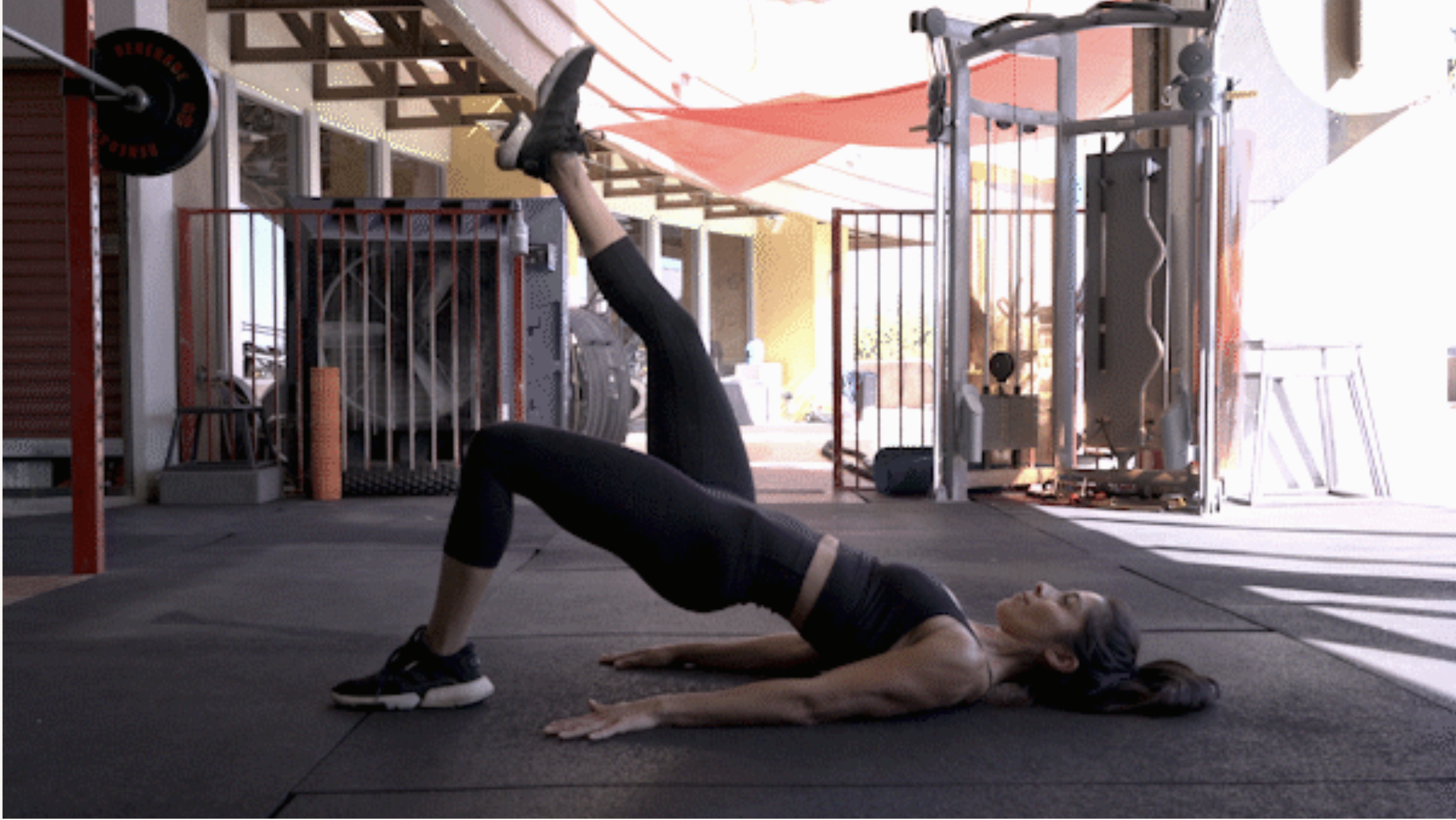
NOTICE: Certain links on this post may earn a commission for Western Hunter Magazine from Amazon or our other affiliate partners when you make a purchase. Thank you for your support.
Developing and Maintaining Strong Knees - Part 1
This article is Part 1 of a two-part series focusing on arguably the most problematic area of the human body, the knee. In this issue, I’ll address the keys to developing and maintaining strong knees. Part 2 will attempt to bring some relief to those who suffer from chronic knee problems.
The following list isn’t a complete list, but rather, in my experience, the most common mistakes that contribute to underperforming knees. It goes without saying that strong knees are absolutely essential to the enjoyment, success, and often survival of a big game hunt in the West. Bad knees = bad hunt.
In fact, I think you’d agree that strong knees play a significant role in the grander scheme of experiencing a healthy life! Bad knees contribute to a more sedentary approach to life; reduced activity contributes to back problems; back problems contribute to limited mobility; the domino effect goes on and on!
If you’ve inherited bad knees or have “earned” your bad knees like I have, then you need to find a way to work around your challenges. I want this two-part series to be an encouragement, not a bummer.
I’ll try to identify one or more problems that you might relate to. Once you’ve identified the problem, you can address it by seeking out professional help or by researching online. I’m amazed at the wealth of solid info anyone can find by simply entering key phrases in your computer’s browser. But first things first, let’s identify the positive contributors to knee health and see what you might be missing.
Maintaining a Healthy Bodyweight
The U.S. is an orthopedic surgeon’s dream or nightmare, depending on how you look at it. Every extra pound of bodyweight you carry puts an extra 4 lbs. of pressure on your knees.
The good news is that weight gain has far more to do with what you eat than your activity levels. The numbers that get tossed about generally put weight gain at 80% diet and 20% lack of exercise.
Jack LaLanne had it right 75 years ago when he started preaching about eating a diet high in raw fruits/vegetables and lean protein sources. His simple mantra of “if man touches it or processes it, don’t eat it” has a whole new generation of followers. You’ll be shocked at how excess bodyweight comes off when you adhere to a clean diet.

Incorporating a Strength-Training Program
I want to introduce a word to you that you may have never heard of before, sarcopenia! Simply put, it’s “muscle wasting”. As we age, we’re in a physical battle. Poor diets, inactivity, busy schedules, kids activities, a slow decline of natural hormone production, inadequate sleep – it all adds up!
The best defense against sarcopenia is to incorporate a consistent strength-training program utilizing progressive resistance. Studies have shown that progressive resistance strength training works wonders even into our 90s.
As it pertains directly to knee health, I would suggest deadlifts, back squats, front squats, kettlebell squats, or whatever movement causes a strong contraction of the quads, hamstrings, and glutes. This region of the body is referred to as the posterior chain and it is the wheelhouse for all movement.

Before you tell me you’ve tried and you just can’t squat, seek the help of a trained fitness expert. In my 30 years of training athletes and many others, I’ve never seen a person who couldn’t squat effectively with proper instruction. In fact, most are embarrassed at how easy it was once a few classic mistakes were corrected. Strength training is absolutely critical. Strong legs are always a mainstay of strong knees.
Range of Motion
If I could identify one problem area within most strength training programs, it would be that most movements aren’t performed throughout the body’s natural range of motion. Why? Ego, pride, stupidity! Get over it; proper form always trumps one more plate on the barbell for “looks”. I’m always impressed with the physical development of folks, young and old, who emphasize proper technique throughout a full range of motion.
Simple bodyweight squats throughout a full range of motion are far more effective than ¼-squats with a bar loaded with too much weight. A full range of motion with complete quadriceps contraction forces blood into the entire muscle tissue and “where blood flows, nutrients go!”
Also, think of feeding not only the muscle but the surrounding supporting ligaments and cartilage. They’re nourished by nutrient-rich blood and oxygen only when they’re being used. That’s why in today’s surgical settings the nurses want to get you up and moving as soon as possible. “The lower you go, the more you grow” is a good phrase to remember.
How low is too low? If possible, I like squatting movements to be slightly below parallel. Don’t get me wrong, parallel squats are good, but if your flexibility allows it, try a tad deeper. I highly recommend using support aids to help you develop depth and good mechanics. TRX support handles are great for this, as does grabbing the side of the squat rack work well.
Finally, use a slow and deliberate descent when working on your range of motion. I like a four-second descent followed by a two-second ascent. I cringe when I see folks - weight or no weight - drop like they were shot and the knee has to absorb all the pressure to stop the movement. Always be under control.
Choose Your Surfaces Wisely!
When I was training athletes, at the end of every basketball season I used to take my players to the grass or turf to condition them. The surface of a hardwood court isn’t very forgiving and knees can only take so much stress before micro-fractures become a real possibility.
Overuse Syndrome
This often contributes to poor knee health. Some folks like to only run or cycle because it’s routine, they’re obsessed, or they’re good at it. Cross-training is very effective at reducing the grind of overuse syndrome by limiting repetitiveness. Try to develop several exercise activities that help give the knee a break and can also alleviate boredom. Maybe you won’t be the superstar you were on the running trails, but your knees will thank you for it.
Pay Attention to Your Nutrition
- Start by adding a quality multivitamin as your nutritional insurance policy.

- You should also consider additional protein for your strength program (strength training without adequate protein is self-defeating).
- Staying properly hydrated is a challenge, and dehydration to the tissue and ligaments of knees can cause inflammation. You may want to supplement with fish oils and a glucosamine/MSM product to further avoid/reduce inflammation.
Sitting Too Much
Prolonged sitting can lead to a shortening of your hip flexors. Tight hip flexors can have a negative domino effect on your knees, back, and overall mobility. We’re a nation of sitters, and the nation’s corresponding health problems can be directly linked to it. Google hip flexor stretches and find one that works for you.
Flexibility
This can have a dramatic effect on knee health. Spend 10-15 minutes stretching the hamstrings, quads, calves, and ankles. Your knees will thank you. This is especially true of the quad muscles. Often, when you begin a strength program, the strength gains made to the quads will cause the muscles to tighten if left unstretched.

If you experience sore knees, the principal culprit is usually tight quads forcing the kneecap down against the surface of the joint where the lower leg meets the femur. The resulting pain just below the kneecap is referred to as patellar tendonitis and can be avoided simply by consistent stretching of the quadriceps muscles.
I like to lie on my side and bring my top foot/heel back toward my butt and grab it and stretch it for 30 seconds. This can also be done while standing and brushing your teeth by simply bringing one heel toward your butt, grabbing it with the same-side arm, and stretching the muscle fully. You’ll look like a flamingo, but who cares. It feels great and will release the tension on the kneecap. Too often, this stretch is neglected until there’s a problem. Be proactive and start a stretching program before the problem arises.
Poor Cardiovascular Fitness
You’ve heard the phrase, “Fatigue makes cowards of us all.” Well, poor cardiovascular fitness is a train wreck for the knee, especially for hunters who cover miles every day.
If your conditioning breaks down and you continue to push, which you will, then this forces the knee to compensate for the subtle collapse of the body and you’ll find yourself overreaching for foot placement on rocks or dropping onto ledges rather than stepping. We all experience normal wear and tear, but it should be a goal to maintain sufficient cardio conditioning that unnecessary abuse can be avoided. It also makes the hunt more enjoyable.
A Strong Core
This is the foundation for a strong upper and lower body. Keep this foundation strong by holding plank positions for progressively longer periods of time. Use a stopwatch and challenge yourself. I don’t care if you start with 5x15-second sets, just start somewhere and progress.
I like side planks as well as traditional “face down on forearm” planks. There are umpteen renditions of planks, so research them and get going. Remember, a strong core and strong lower body are far more critical to the success of a backcountry hunter than a big muscular chest!

Toughen Up!
I need to give a bit of a reality check. You know why most people don’t have strong legs (and therefore they don’t have strong knees)? Because it’s damn hard work. Knees of steel don’t just happen by accident and you’ll need to give a pound of flesh (or more) to obtain them. This tip maybe should have been #1, but if you want to develop strong knees that will take you into the backcountry and get you out in one piece, you might as well hear it now that you must develop a high pain threshold to achieve this goal.
Sports Specificity
This dictates that you attempt to train in the environment that most closely replicates the actual theatre of competition. With that in mind, get out of the gym and get into the mountains and woods where you can strap on your pack and put your knees in situations where they’ll get challenged. Step over that high deadfall - don’t walk around it - and light up those adductor muscles of the inner thigh like a Christmas tree.
Trust me, you’d much rather know your weaknesses now than waking up the second morning of a hunt you invested thousands of dollars into and, while feebly trying to stand, ask yourself, “What the hell did I get myself into?”
Plenty to Ponder
That’s enough for now. I’d like to address single-leg movements, finding a good training partner, intensity overactivity, no machines, and more, but I’m out of room and this should give you plenty to ponder until next time.
If you’d like me to consider a topic that I’ve neglected, please fire me your recommendation to coachp@wildernessathlete.com. Remember, that which you pay attention to improves. In my mind, it’s really quite simple, either you compete or retreat. Choose to compete! Hunt long; hunt strong.
- Coach P




